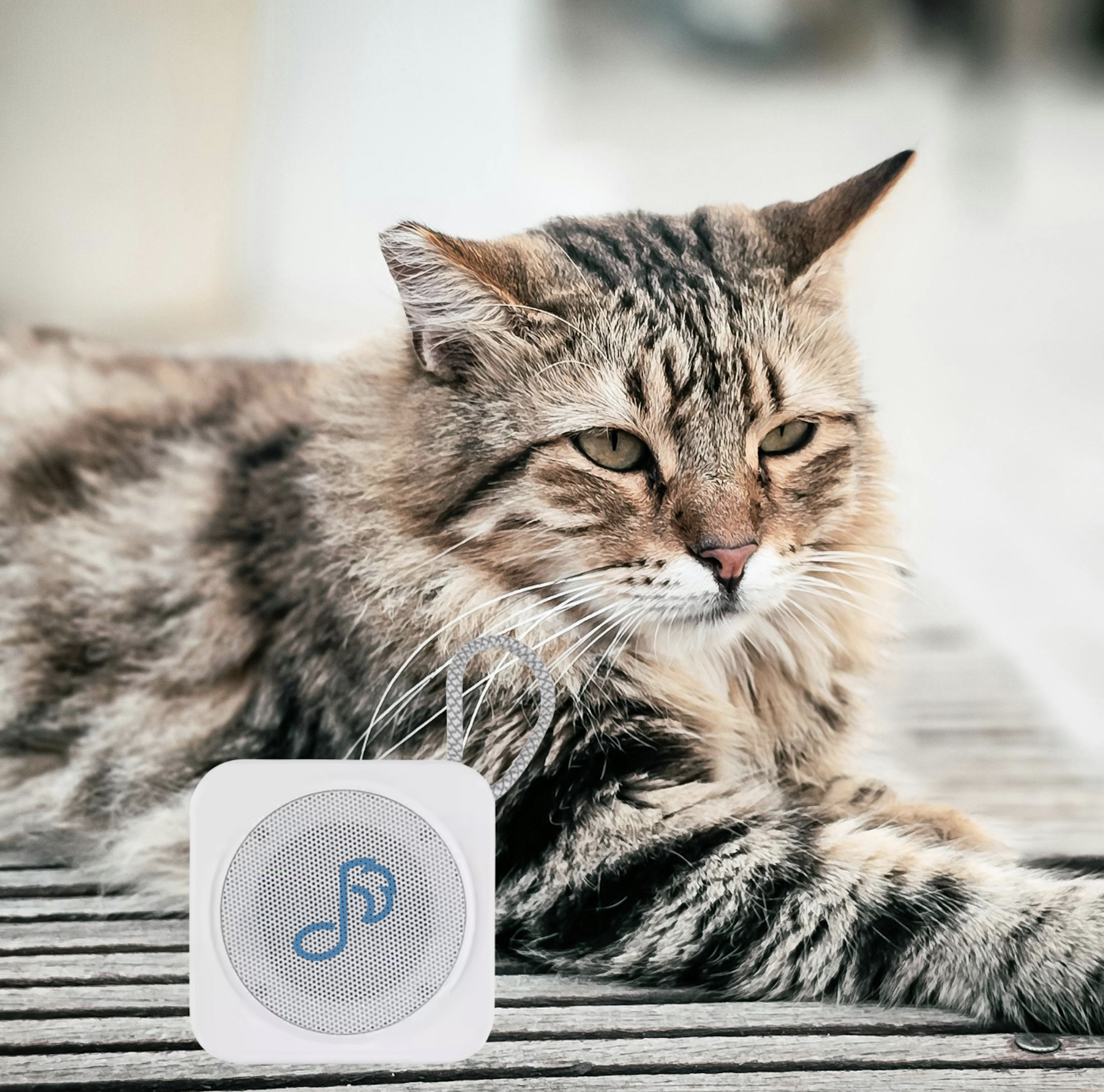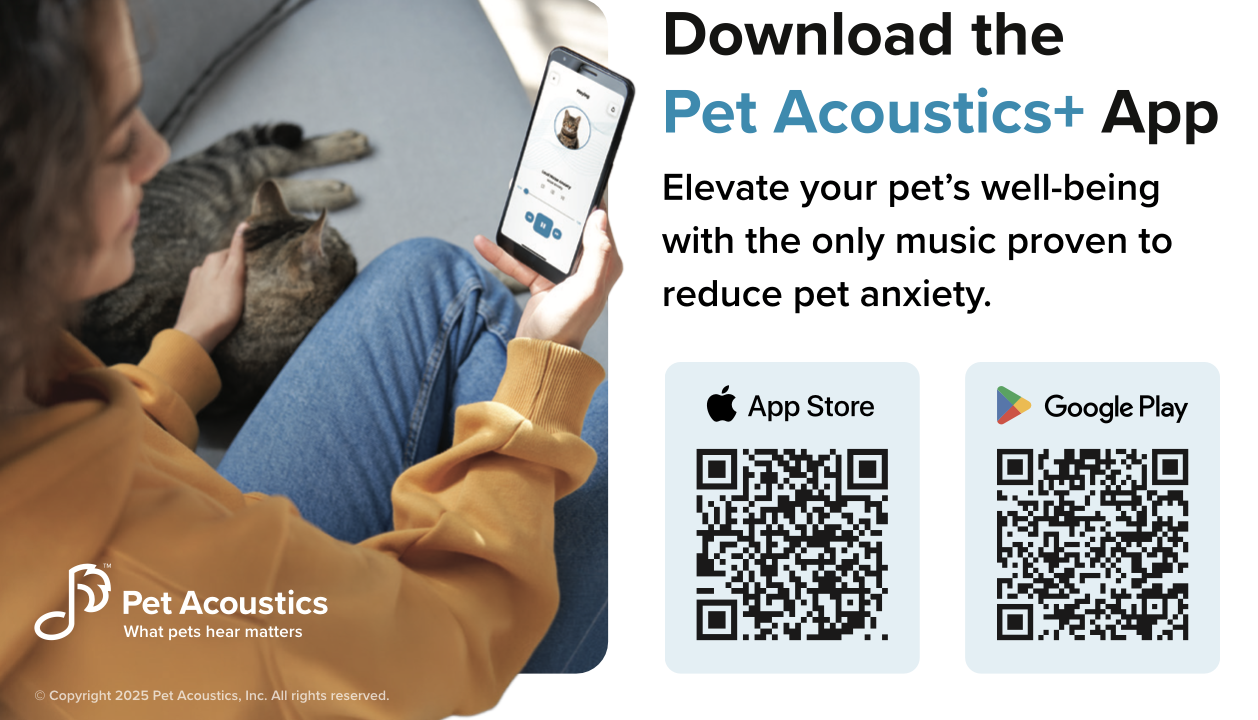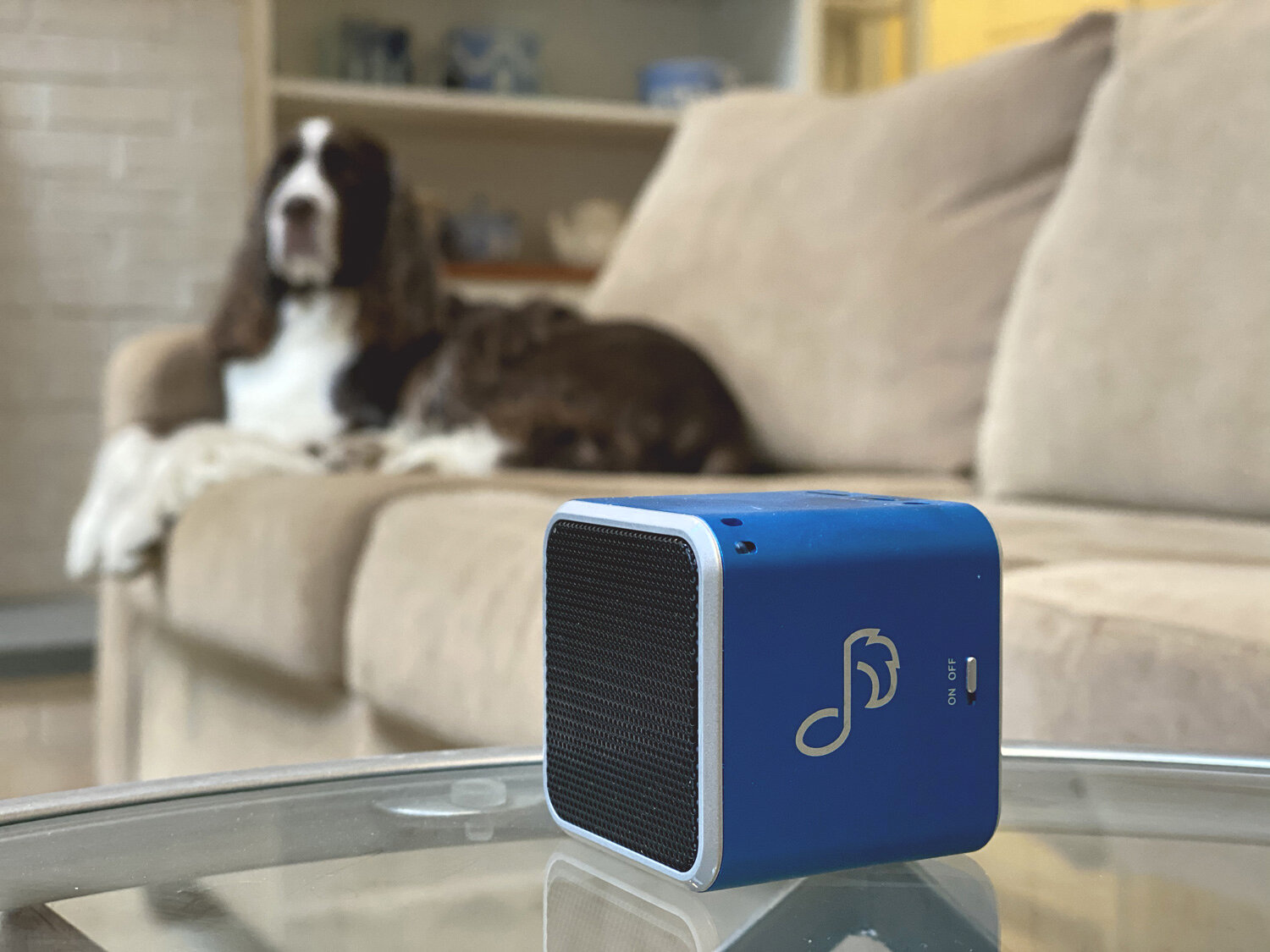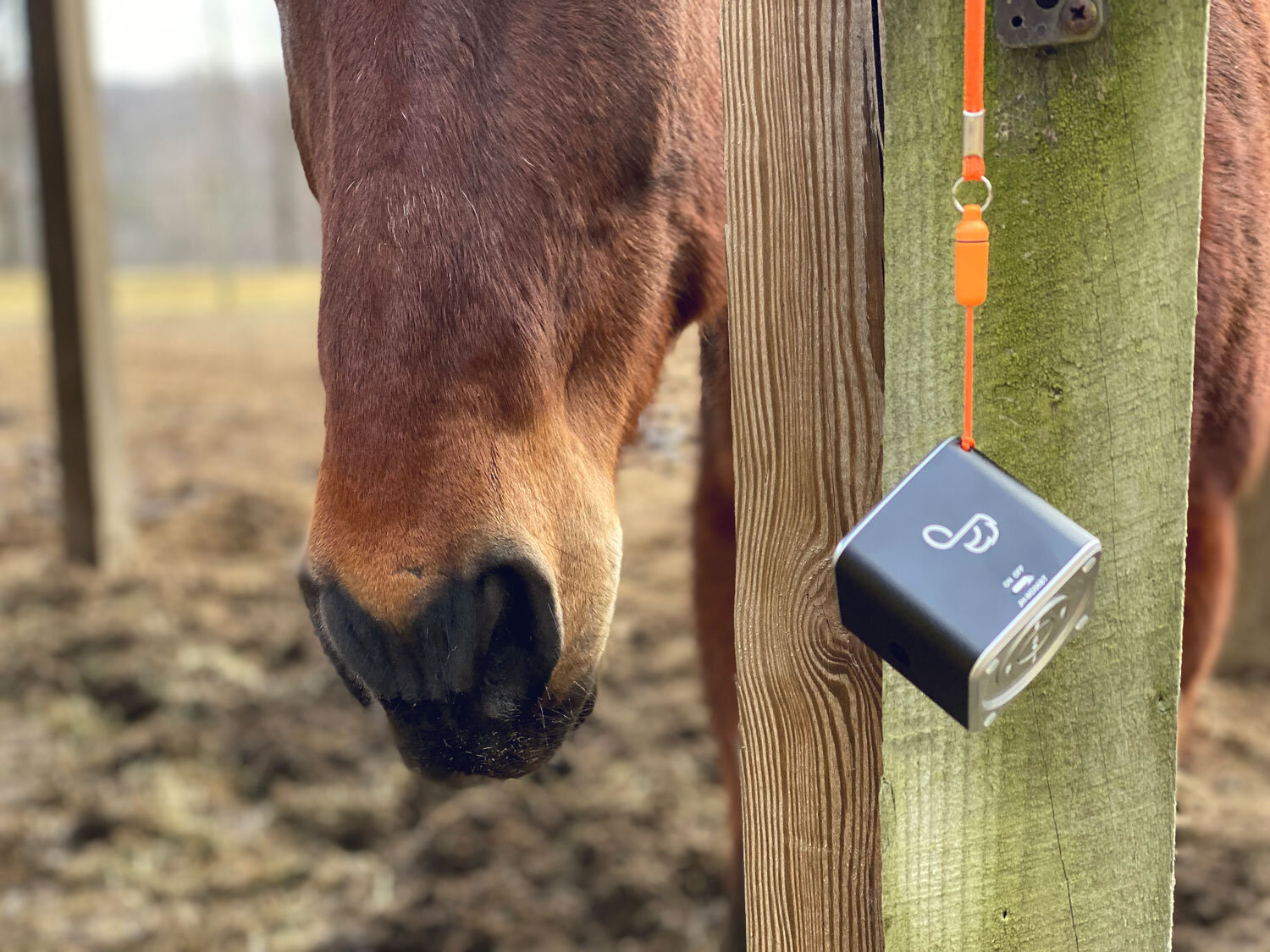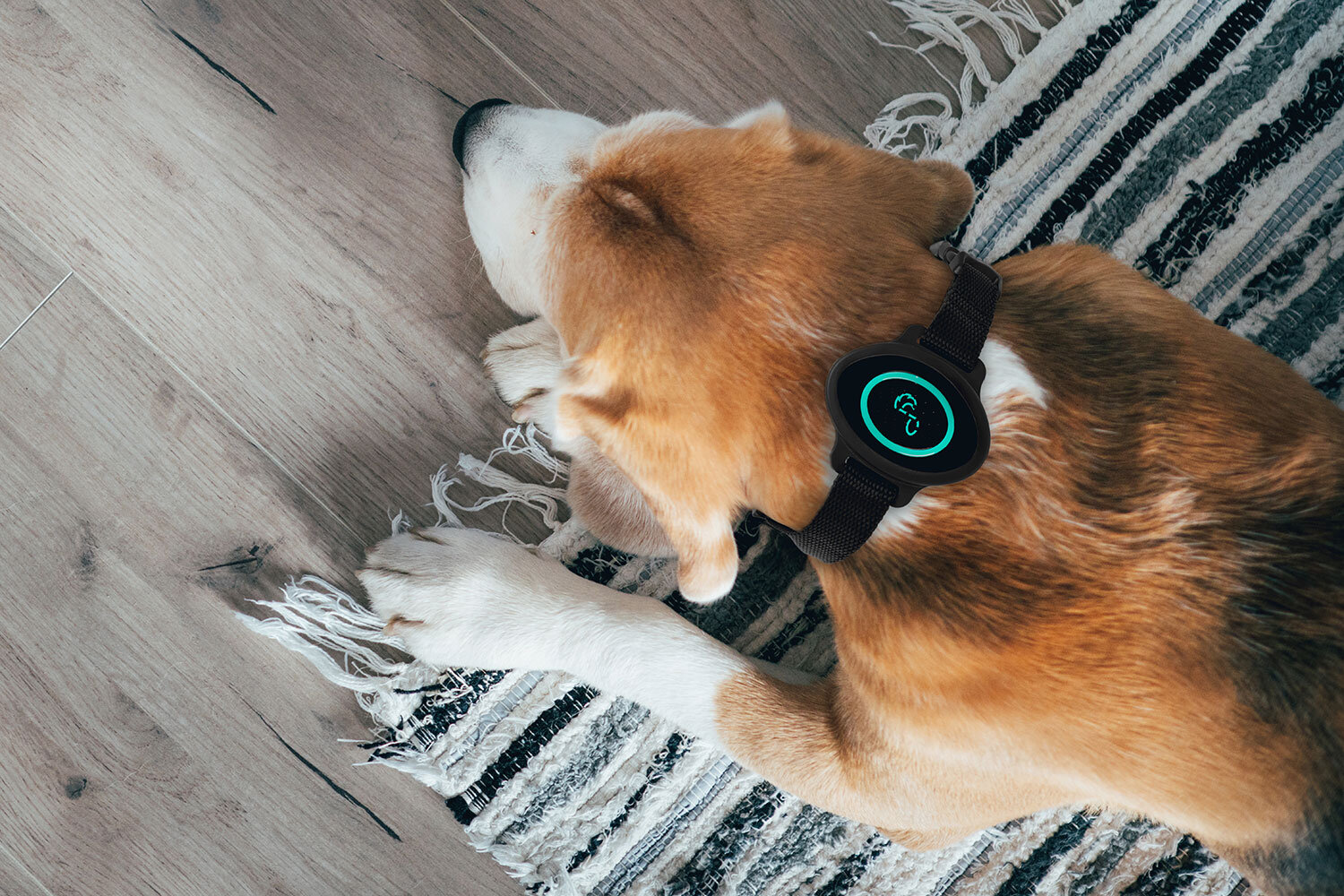How Pet Acoustics Sound Therapy Relieves Pet Anxiety
Every pet parent knows the distress of seeing their beloved dog or cat anxious—pacing during thunderstorms, trembling at fireworks, or showing restlessness when left alone. Anxiety in pets is real, and it can affect their health, sleep, and behavior. At Pet Acoustics, we’ve dedicated years of scientific research and acoustic innovation to provide a natural, lasting solution: sound therapy specifically designed for animals’ hearing and emotional well-being.
Understanding the Root of Pet Anxiety
Pets hear frequencies far beyond human hearing. Everyday sounds—vacuum cleaners, storms, or traffic—can create overwhelming stress, activating the nervous system and causing anxiety. Over time, this can lead to behavioral problems and emotional imbalance.
The Science of Pet Acoustics Sound Therapy
Pet Acoustics sound therapy isn’t ordinary background music. It’s biometrically tested and frequency-modified to match the precise hearing ranges of dogs, cats, and other animals. Each composition helps stabilize the nervous system and restore calm.
Clinical research published in the International Animal Health Journal shows measurable results:
Lowered heart rate
Balanced heart rate variability
Reduced restlessness and agitation
These findings confirm that the right sound frequencies can naturally influence relaxation and emotional stability.
How It Works
Similar to human music therapy, Pet Acoustics sound therapy harmonizes the brain’s response to sound. Tuned to each species’ hearing range, our music gently regulates the nervous system. Through the Pet Acoustics+ App or Pet Acoustics Speaker, pets experience:
Calm during thunderstorms and fireworks
Reduced stress during vet visits or grooming
Relief from separation anxiety
Comfort for shelter or rescued animals
Visible Calm in Minutes
Pet parents notice results within minutes—breathing slows, muscles relax, and anxious behavior eases. Over a million pets worldwide have benefited from this trusted sound therapy.
Daily Sound Therapy for Lifelong Wellness
When played regularly, Pet Acoustics sound therapy promotes long-term emotional balance and better behavior. It’s a safe, drug-free, and effective way to support your pet’s overall well-being.
Try the #1 Sound Therapy for Pet Calm.
Stream science-based music on the Pet Acoustics+ App or the Pet Acoustics Speaker today.
🔊 Science you can trust. Calm you can hear.™



